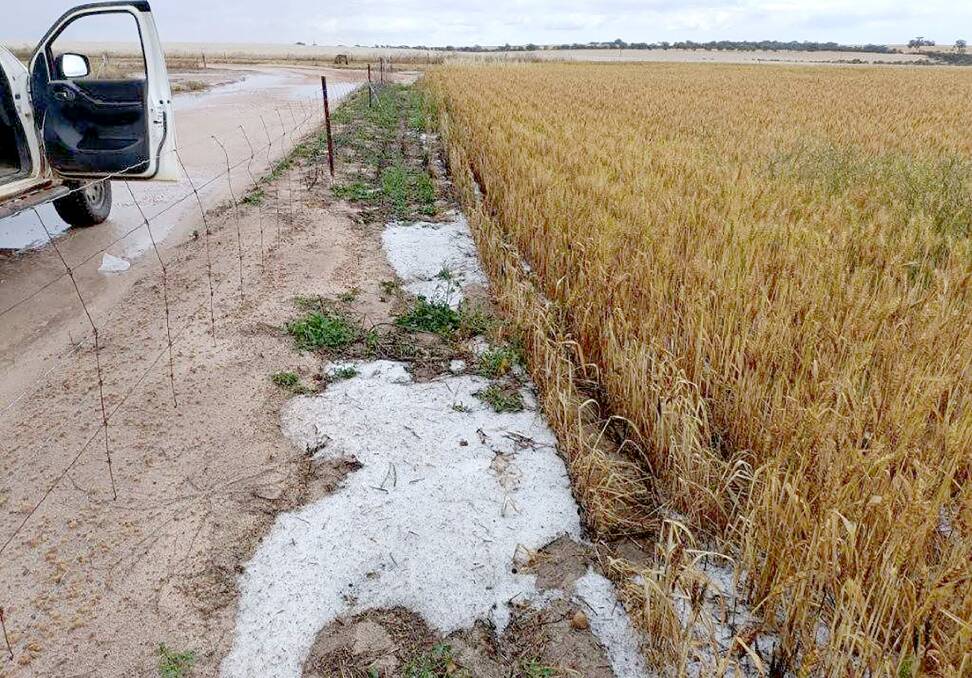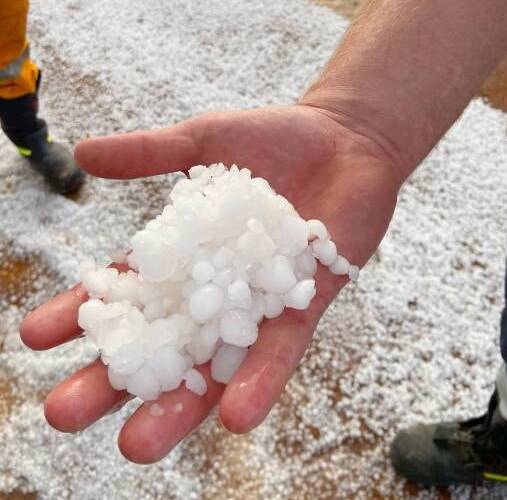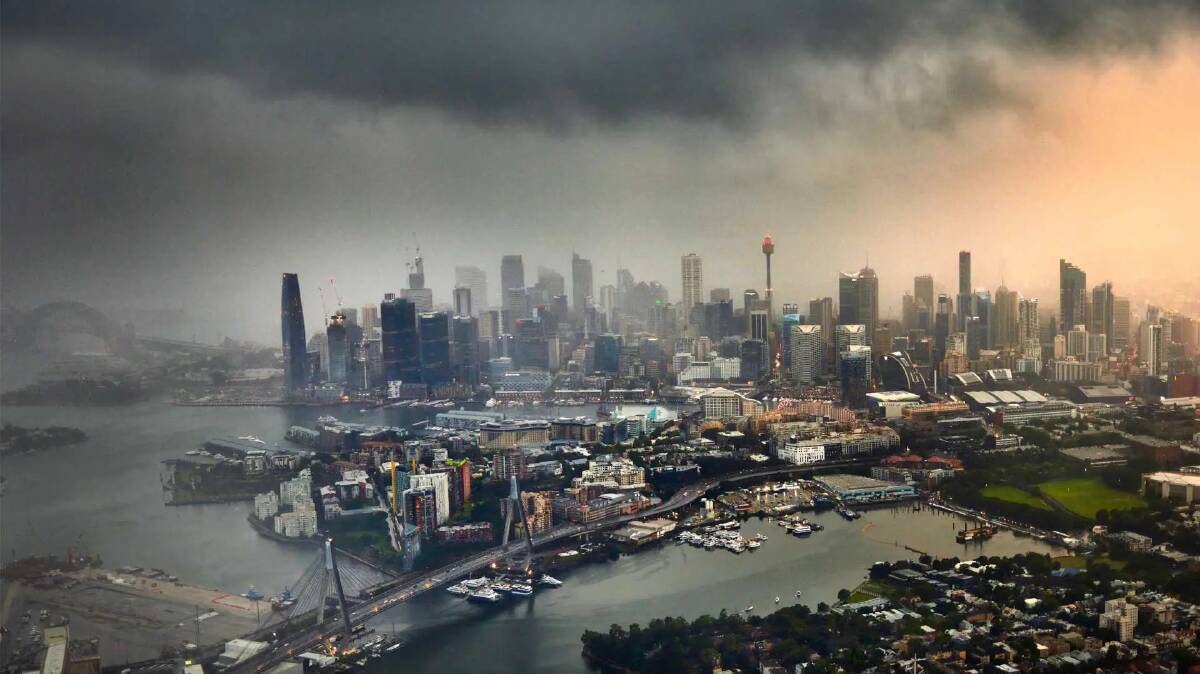
Scientists are trying to find out what happened to hail.
Subscribe now for unlimited access.
$0/
(min cost $0)
or signup to continue reading
Apparently Australians are not seeing as much of it anymore.
By studying atmospheric patterns across Australia over the past 40 years, scientists from UNSW Sydney and Bureau of Meteorology have discovered the number of 'hail-prone' days has fallen across much of Australia.
Hail-prone days are described as when the atmosphere has all the required 'ingredients' for a hailstorm to form.
But while these hail-prone days are fewer, they have risen by around 40 per cent in some heavily populated areas, their research has found.
"Hailstorms are really difficult to measure and model," UNSW Climate Change Research Centre researcher Dr Tim Raupach admitted.
"Because of this, we don't really have a good idea of how they have changed over time, or how they are projected to change into the future."

Painting a clearer hail picture
To paint a clearer picture of how the frequency of hail events has changed, the researchers studied historical estimates of atmospheric conditions, with hail-prone conditions acting as a "proxy" for hail occurrence over the past four decades.
"We wanted to produce a continental map of how hail hazard frequency has changed across Australia, and to be able to look into what atmospheric changes are driving these patterns," Dr Raupach said.
OTHER NEWS:
The latest study provides the first continental-scale analysis of hail hazard frequency trends for Australia.
The team of researchers, which included BOM scientists hope this research will help our understanding of hail events - which is important to the insurance industry, as well as agricultural and city planning sectors.
Not every thunderstorm produces hail.
Hailstorms require certain atmospheric "ingredients" to form.
Importantly, the atmosphere needs to be unstable.
"This means that there is a propensity for updrafts to form - updrafts occur when there's warm air near the ground and cooler air further up," Dr Raupach said.
"And if a little bit of that warm air gets into the cool air, then it rises like a balloon and it draws air up into an updraft."
There also needs to be enough moisture in the updraft for there to be supercooled liquid water and ice all swirling around high in the storm.
"Another factor is that hail melts as it falls. And so even if you have hail forming up high, it has to be large enough to survive melting to actually reach the ground as a block of ice."
And finally, hail formation is enhanced by wind shear - the changing properties of the wind by height.
"This is the wind changing direction or velocity as you get higher in the atmosphere," says Dr Raupach. "If there's a lot of shear, then the storm tends to be more severe and more prone to forming hail."
When all of these factors are present, the atmospheric conditions become 'hail-prone'.
Hail records are "spotty'
The researchers said Australia's hail records were "spotty".
BOM's weather radar archive was used to compare past weather conditions.
Data from 20 radar sites across the country was used in the comparison, with between 12 and 24 years of records at each site.

"We found that the number of days considered hail-prone have decreased over much of the country, but increased over the southwest and southeast where there are large population centres," Dr Raupach said.
"We found a decrease in hail-prone days across most of the country, particularly across Queensland, but also across the centre and the north of the country.
"But we did see some increases in the southeast and the southwest. And that happens to coincide with large populations and exposed assets, including in Sydney, Canberra, and Perth."
VOICE COVERAGE:
Scientists have speculated that under climate change, surface hail may become less frequent due to increased melting, because the atmosphere is warmer and more hail melts away before it hits the ground.
Dr Raupach and his team hope this and future research can be incorporated into planning for how we build resilient infrastructure.
"We need to think about resilient agriculture that can deal with potential increases in the hail hazards, if they were to continue into the future," Dr Raupach said.
"And likewise, how we can protect our densely populated areas from damage due to hailstorms."
Digital subscribers now have the convenience of faster news, right at your fingertips with the Bendigo Advertiser app. Click here to download.


